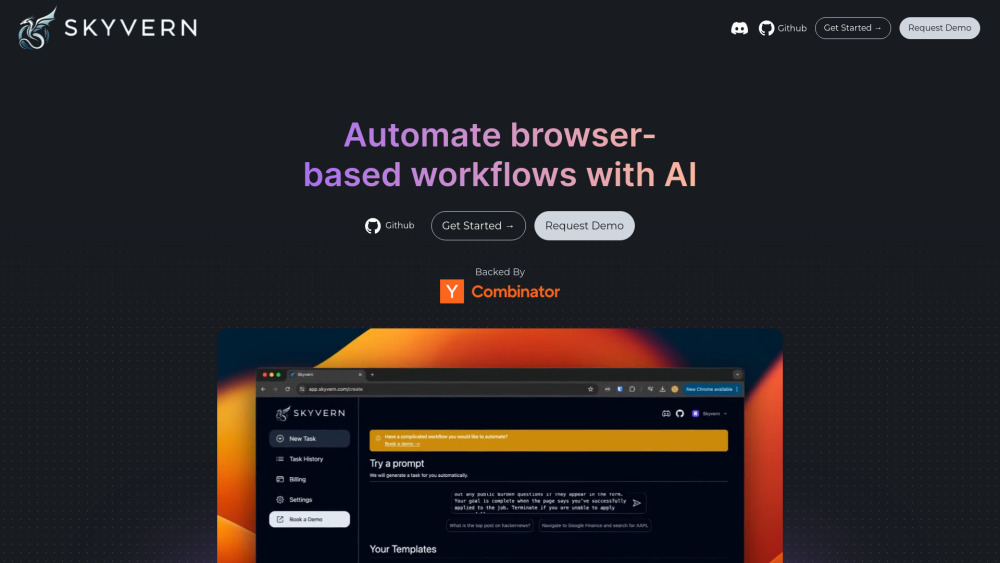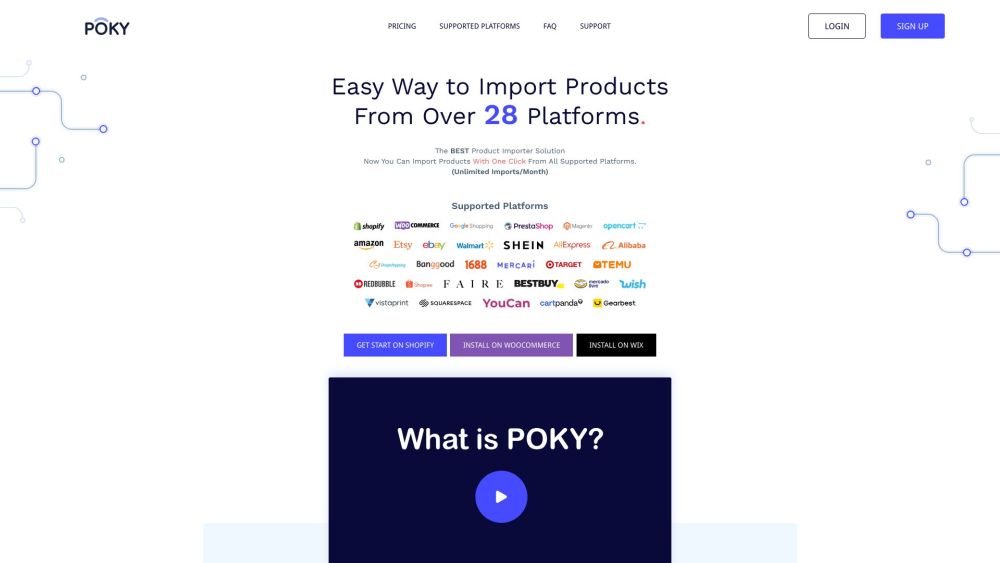At the recent Bentley Software 2024 Innovation Summit on Simulation Analysis, numerous groundbreaking innovations were unveiled. A standout highlight was the Hai Ji No. 2 platform, developed by China National Offshore Oil Corporation (CNOOC). This platform, Asia's deepest water jacket design, leverages advanced simulation technology and marks a significant advancement in the oil industry's deep-sea operational capabilities.
In wind energy, Fujian Yongfu Electric Power Design Co., Ltd. employed simulation technology to construct a world-class offshore wind power project in Changle, Fujian, where the water depth averages 31 to 45 meters. Likewise, a coal-fired power project in Pakistan utilized simulation techniques to seamlessly integrate complex above-ground and underground structures, exemplifying the collaborative spirit of the Belt and Road Initiative.
The Hong Kong-Zhuhai-Macao Bridge project showcased how simulation technology offers precise predictions by analyzing the stability and deformation of artificial islands, yielding critical insights into soil-structure interactions. Additionally, the traffic simulation technology at the Hangzhou Olympic Sports Center, host of the 19th Asian Games, aided in designing effective entry, exit, and emergency evacuation plans to ensure smooth event operations.
Engaging conversations with infrastructure builders and Josh Taylor, Senior Product Director at Bentley Software, revealed a promising trend: the combination of simulation analysis with AI. This integration enhances accuracy, efficiency, resilience, and promotes sustainable development in smart infrastructure.
Simulation Analysis: Unlocking New Dimensions in Engineering
Simulation technology not only addresses traditional engineering challenges but also opens pathways to confront new obstacles. CNOOC’s design institute successfully constructed the Hai Ji No. 2 jacket platform at a depth of 324 meters, navigating significant engineering challenges. This platform, towering at 338.5 meters and weighing 37,000 tons, withstood heightened environmental loads, including internal waves and typhoons. By innovating the design to create an “intelligent jacket,” the team reduced the platform's weight by 5,000 tons, saving over 100 million in material and vessel modification costs.
Similarly, Shandong Electric Power Construction Third Engineering Company harnessed structural simulation analysis for multiple Belt and Road Initiative projects, including endeavors in Morocco and Pakistan. Structural engineer Wang Jian explained their use of STAAD Pro to create a unified model for the complex coal transfer station structures at the Lucky 1×660MW coal-fired power plant in Pakistan, significantly improving analysis accuracy and efficiency.
Advancements in Geotechnical Engineering
China Nonferrous Metal Industry's Xi'an Survey and Design Institute tackled deep mining challenges, reaching depths of up to 400 meters and extending over 2.2 kilometers with PLAXIS software for geotechnical simulation. Chief Engineer Zhao Xiaofeng praised the software for its capacity to model directly from drilling data, facilitating an efficient analytical process.
The Need for Integrated Solutions
Josh Taylor emphasized the importance of integrated solutions within infrastructure projects that span multiple disciplines, such as structural and geotechnical engineering. Traditionally, engineers relied on assumed boundary conditions for data exchanges, which often resulted in inefficiencies and inaccuracies. Enhanced comprehensive simulation solutions are essential to boost collaboration and accuracy.
Bentley's Strategic Advancements
Bentley addresses the growing complexity of engineering projects through its extensive product range and advanced integration capabilities. Taylor highlighted the synergy between offshore structure simulation products, like SACS, and geotechnical analysis software, such as PLAXIS, enabling interactive and precise design solutions.
Recently, Bentley bolstered its finite element analysis capabilities by acquiring ADINA, a leading software for nonlinear problem-solving. This acquisition not only fortifies Bentley's competitive edge but also expands its powerful simulation software portfolio.
Collaborative Innovations in Wind Energy
Bentley has partnered with China Electric Power Engineering Consulting Group's East China Survey and Design Institute to develop the OpenWindPower Floating HDEC—a pioneering simulation product for floating wind turbines. This collaboration harnesses decades of expertise in offshore wind energy and simulation technology, offering industry-leading capabilities for floating turbine design.
The Future: Integrating AI with Simulation
The integration of simulation analysis with AI technologies is set to transform infrastructure development. A notable example is Hyundai Engineering's award-winning project, which, through integration with Bentley's STAAD software and AI, streamlined design and construction processes. This collaboration automated workflows and facilitated rapid generation of predictive models, laying a solid foundation for future projects.
As the infrastructure development landscape evolves, the fusion of simulation analysis with AI represents a frontier of possibilities, enhancing efficiency and establishing new engineering standards.





